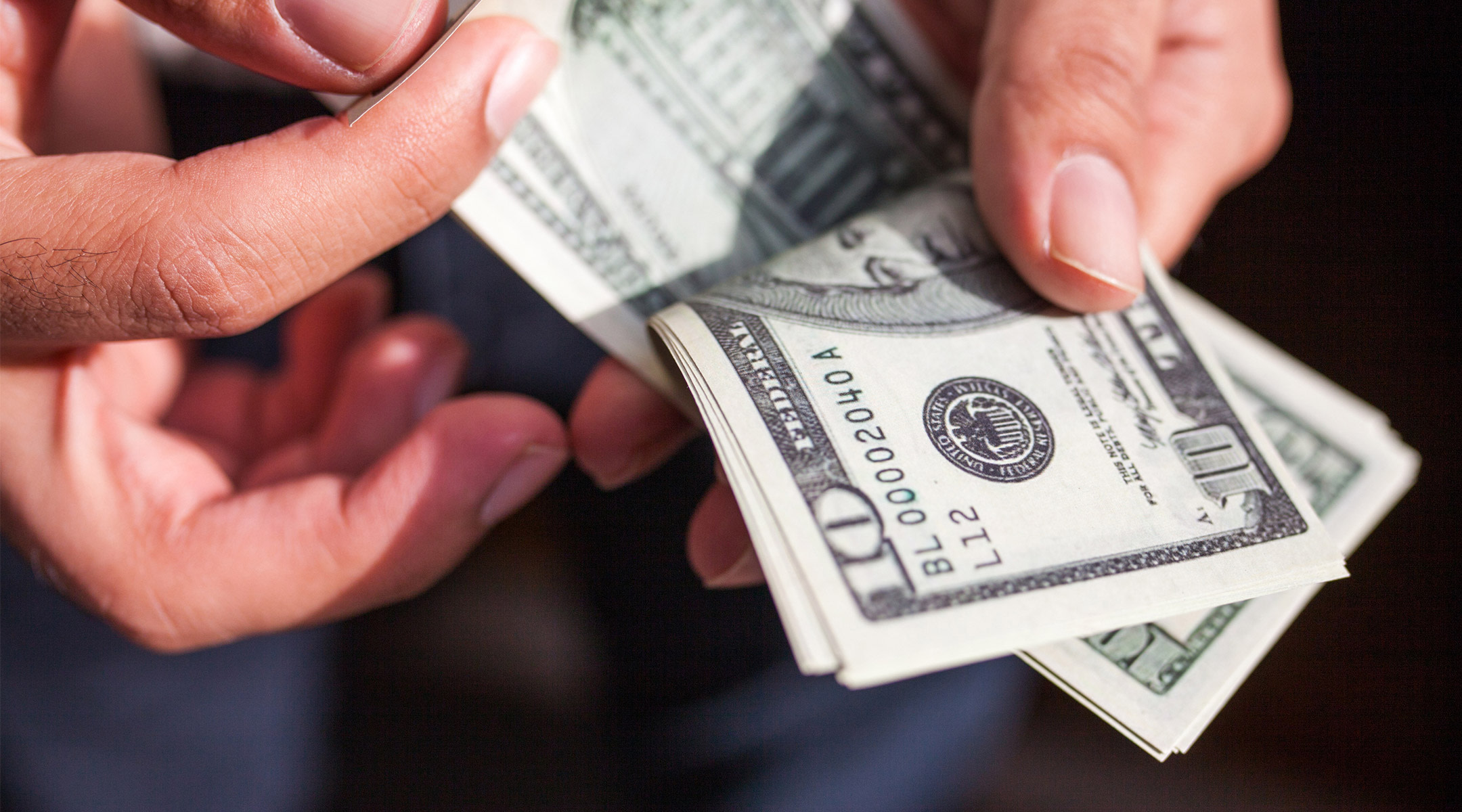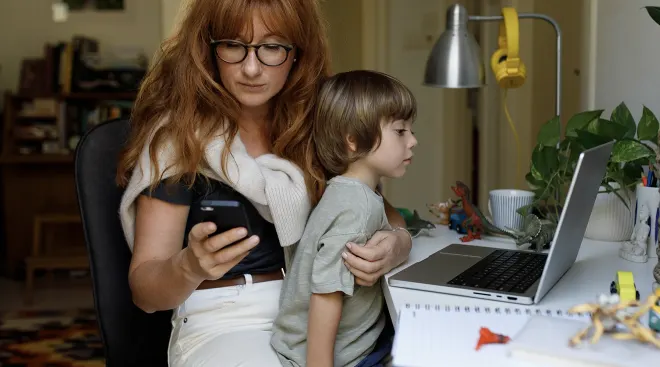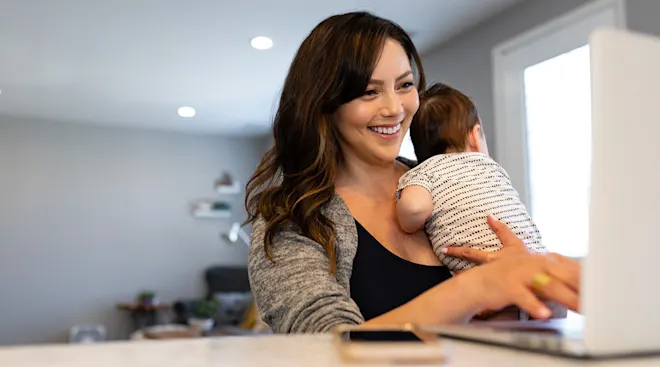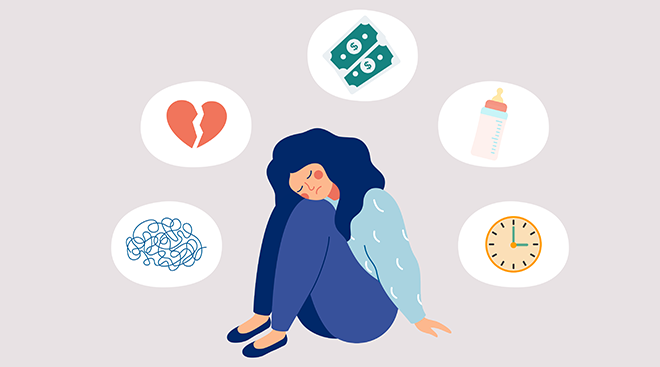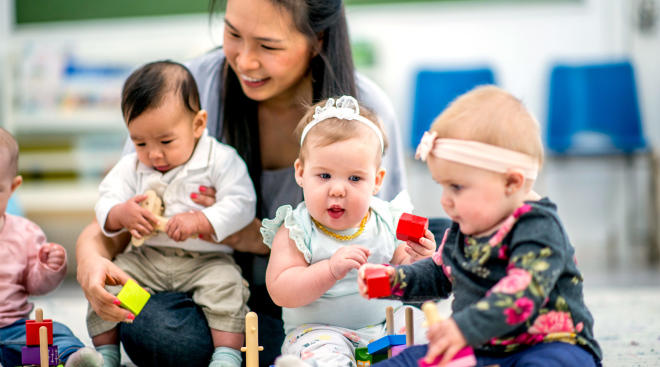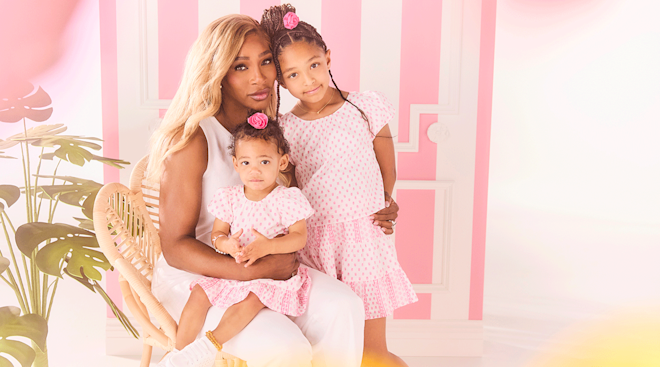The Going Rate for Babysitting: How Much to Pay Your Sitter
Whether you use a daycare, employ a nanny during work days or stay home with your kids, there’s a good chance you’ll need to hire a babysitter at one time or another. Maybe you need someone to pick up your child from a weekend playdate, or watch your little one while you go off on a much-needed date night. When the need arises, finding a trustworthy babysitter can be tough enough (good news: there are apps for that), but figuring out how much to pay a babysitter can feel downright daunting. You of course want to compensate them well for taking good care of your kids, but overpaying a babysitter can set up unrealistic expectations for future bookings (and nobody likes feeling overcharged). So what’s a reasonable going rate for babysitting? Here, we breakdown the national average, as well as the various factors that can affect babysitting rates.
According to Sherri Reed, managing editor at Care.com, an online service that connects families with caregivers, the 2018 national average babysitting rate was $15.83. Naturally, that means some families pay their sitter more than $15 per hour, and some much less. When it comes time to figure out a reasonable babysitting hourly rate, you can start with the average and then ask yourself if it’s a fair rate for your family and your needs. If you have a laundry list of qualifications your babysitter has to meet, it may bump up the price. Keep reading to learn what criteria can affect babysitting rates.
Babysitting rates aren’t an exact science—they can fluctuate widely based on your particular needs and location and the babysitter you ultimately hire. For example, the price for a teenage babysitter who’ll look after your kid while you run to the grocery store is going to vary dramatically from the cost of an infant CPR-trained babysitter with 10 years of experience who’ll be taking care of your newborn, helping your older child with homework and doing a few loads of laundry every Wednesday night. Here’s a closer look at what can affect babysitting rates.
• Location, location, location. It’s probably no surprise that the going rate for babysitting is subject to change based on where you live. “Sitters in urban areas tend have higher hourly rates than those in rural areas,” Reed says. If you reside in one of the most expensive zip codes in the US, you’re likely going to pay more for pretty much everything, babysitters included.
• Ages and number of kids. A family with four kids should expect to pay their sitter the same rate as a family with only one, since the workload is far from equivalent. Many parents start with the average babysitting rate for one child and add between $0.50 and $1 per hour for each additional child, according to Reed. Babysitting prices are also typically higher if you have a newborn who needs more hands-on care versus an older child who may be more independent.
• Sitter’s skillset. Is your sitter CPR-certified? Has she taken an online babysitting or nanny course? If so, you may want to bump up her rate as compensation for the added value. According to Care.com’s 2017 Babysitter Survey, 66 percent of parents said they would pay more for a sitter with CPR and safety training.
• Job description. In general, a babysitting gig involves a sitter coming to your home and caring for your kids while you’re away for a few hours. That may involve basic tasks like light meal prep or handing the pizza guy money at the front door. Depending on how long you’re gone, it may also involve putting the kids to bed. But that’s about it. If you’re looking to tack on additional duties, like driving your kids to different places, housework, laundry or homework help, you should consider paying slightly higher babysitting rates. “An important thing to remember is to make those expectations of the job crystal clear to any babysitter candidates you interview,” Reed says. That way, you can discuss a fair babysitting hourly rate at that time.
• Frequency. Found a babysitter you love? If you’re looking to turn their occasional help into a regular gig, it’s probably time to consider paying higher babysitting rates. It shows your sitter you’re committed to an ongoing relationship. It also dissuades them from taking other assignments during your designated time.
• Last-minute care. As parents, life can throw you a serious curveball from time to time. If a can’t-miss event comes up without warning, you need a last-minute sitter! But giving little advance notice typically means higher babysitting rates. “Scrambling for last-minute child care can be stressful, so it’s common for families to pay a last-minute sitter more than the average babysitting rate,” Reed says. In fact, according to Care.com’s 2017 Babysitter Survey, 50 percent of parents would pay at least $3 more per hour for a last-minute sitter.
Still not sure what babysitting hourly rate you should pay? Care.com offers a handy babysitter pay calculator that helps you determine a fair rate for your babysitter based on your zip code, the number of kids you have, how many years of experience your sitter has and how many hours you’ll need them for. Babysitting rates made easy!
Published February 2019
Plus, more from The Bump:
Navigate forward to interact with the calendar and select a date. Press the question mark key to get the keyboard shortcuts for changing dates.
































